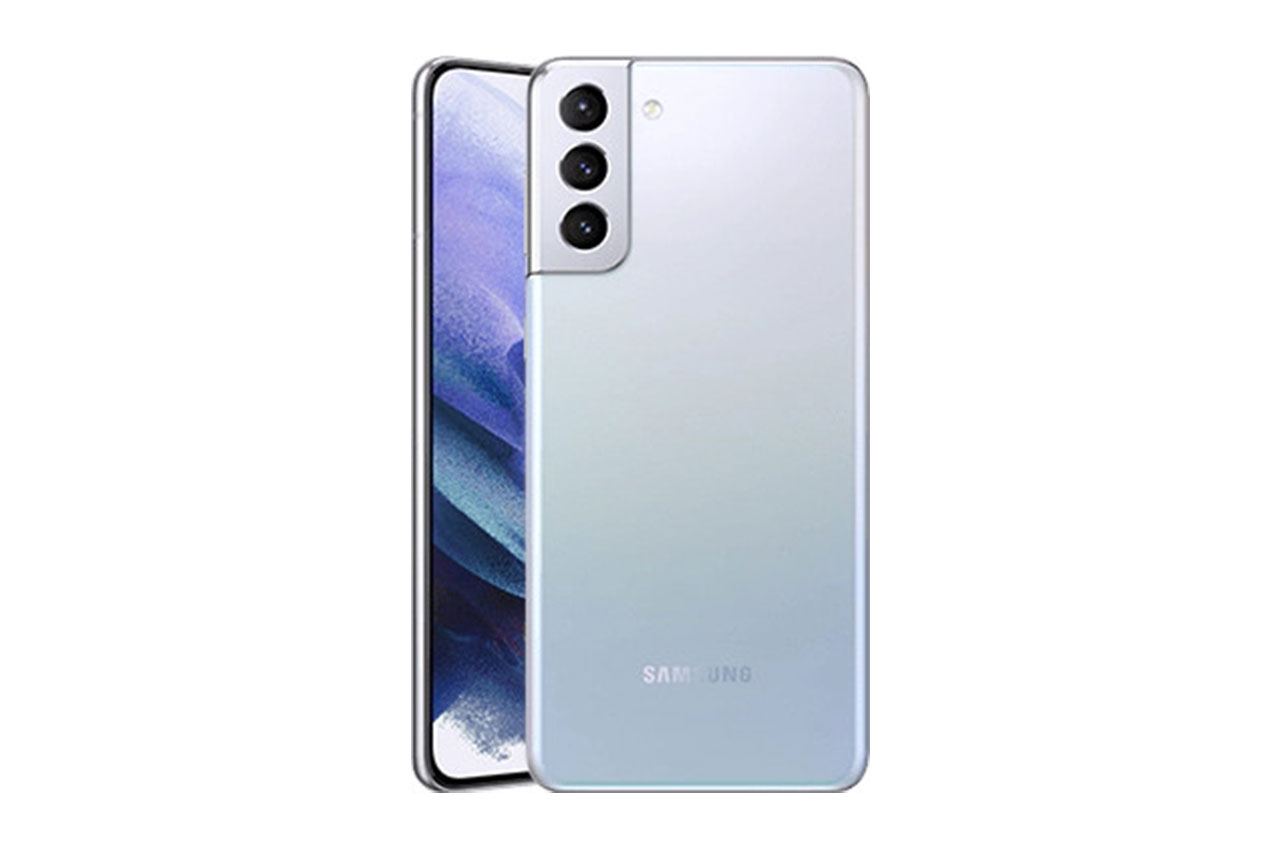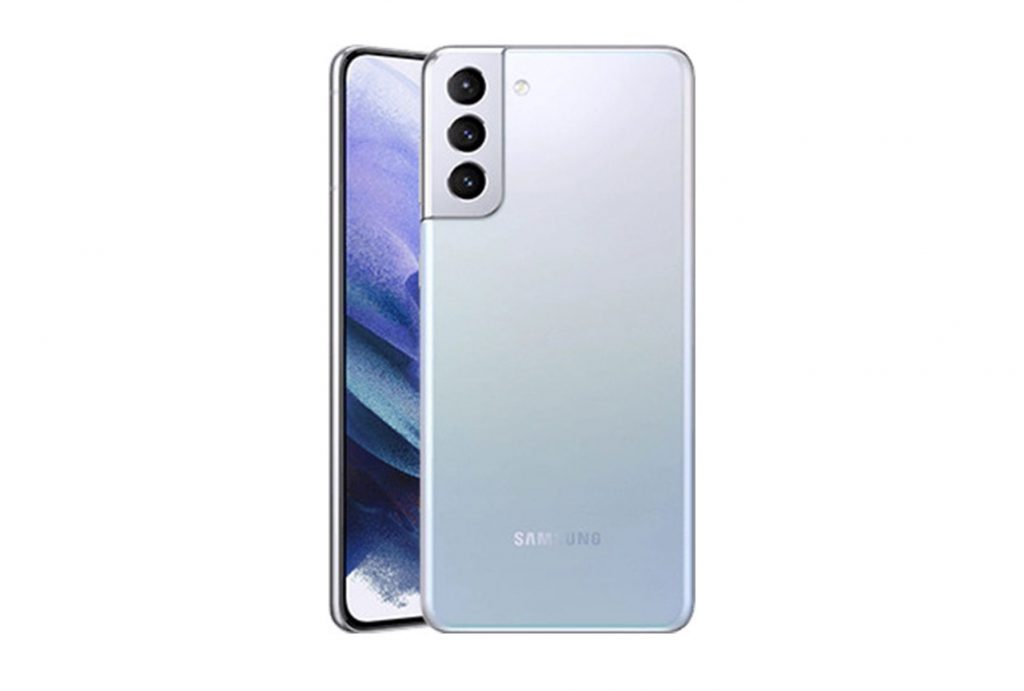Samsung’s Galaxy S21+ 5G is the middle seat of the company’s current high-end S21 series, squeezed between the slightly smaller S21 5G and the top-of-the-line S21 Ultra 5G. It sports a 120 Hz, 6.7-inch AMOLED screen, slightly larger than its sibling S21, but with the same resolution (2400 x 1080), and has a centered hole punch for the selfie camera. Here we are testing the US and China version, powered by Qualcomm’s Snapdragon 888 chipset, as opposed to the Exynos version available in the rest of the world. Both have 8 GB memory with either 128 GB or 256 GB storage.
There are three cameras on the back, with specs that exactly mirror the smaller S21. The primary camera has a 12 MP coupled with a 26 mm-equivalent optically stabilized lens. The ultra-wide offers 12 MP and has a 13 mm-equivalent lens. The tele camera used a wide-angle lens (29 mm-equivalent) but uses a 64 MP sensor, which gets binned down to 12 MP output.
The Galaxy S21+ 5G shoots video at up to 8K resolution at 24 fps; however, just like on the S21 Ultra and the standard S21 we used 4K and 60 fps for testing. Lower resolutions and higher frame rates are also available for recording in slow motion.
Key camera specifications:
- Primary: 12 MP 1/1.76-inch sensor with 1.8 μm pixels, 26 mm-equivalent f/1.8 lens, dual-pixel PDAF, OIS
- Ultra-wide: 12 MP sensor with 1.4μm pixels, 13 mm-equivalent f/2.2 lens
- Tele: 64 MP 1/1.72-inch sensor with 0.8μm pixels, 29 mm-equivalent f/2.0 lens
- LED flash
- 8K at 24 fps, 4K at 60 fps (tested), HDR10+
Achieving an overall score of 119, the Samsung Galaxy S21+ 5G (Snapdragon) captures almost identical image quality to the more diminutive S21 5G (Snapdragon); no surprise as the two models share the same camera hardware. We couldn’t get a cigarette paper between them in our analysis, so if you want to save a few bucks and can live with a smaller screen and lower capacity battery, the standard S21 5G (Snapdragon) is just as good for photography.
Given the almost identical results, we are posting only this short article for the Galaxy S21+ 5G (Snapdragon). For a full set of sample images and measurements as well as a complete analysis, please click on the link below and read the full review of the Samsung Galaxy S21 5G (Snapdragon).
Go to the Samsung Galaxy S21 5G (Snapdragon) Camera review
Scoring
Sub-scores and attributes included in the calculations of the global score.

Samsung Galaxy S21+ 5G (Snapdragon)


Use cases & Conditions
Use case scores indicate the product performance in specific situations. They are not included in the overall score calculations.
Outdoor
Photos & videos shot in bright light conditions (≥1000 lux)
Indoor
Photos & videos shot in good lighting conditions (≥100lux)
Lowlight
Photos & videos shot in low lighting conditions (<100 lux)
Friends & Family
Portrait and group photo & videos
Pros
- Neutral white balance and pleasant color rendering in most photos and videos
- Accurate target exposure in most photos
- High detail in outdoor and indoor photos and videos
- Pleasant bokeh photos with mainly accurate depth estimation
- Very wide field of view on ultra-wide shots
- Effective stabilization on walking videos
- Good white balance and color rendering on indoor and outdoor videos
- Accurate autofocus on most videos
Cons
- Autofocus instabilities with photos
- Visible noise in most photos and indoor and low light videos
- Limited dynamic range in backlit photos
- Hue shift, color fringing, ringing and aliasing artifacts often visible in photos
- Low detail and visible noise in medium- and long-range zoom photos





DXOMARK encourages its readers to share comments on the articles. To read or post comments, Disqus cookies are required. Change your Cookies Preferences and read more about our Comment Policy.